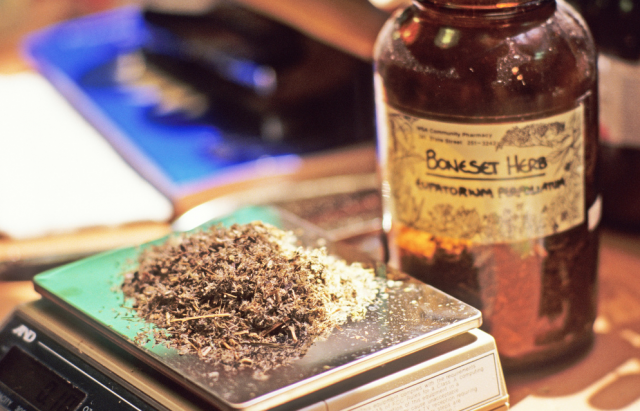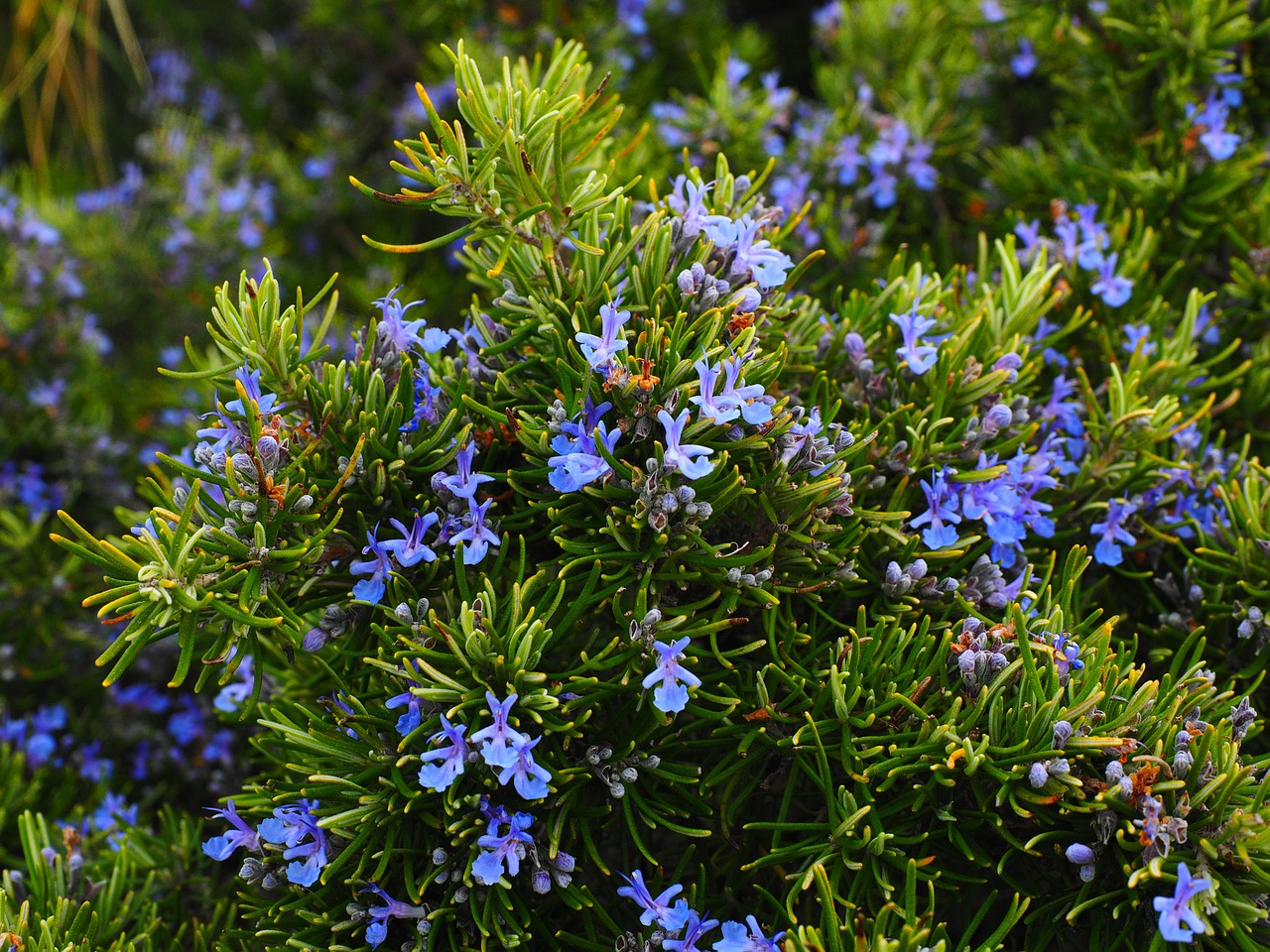A recent study reveals that artemisinin, a compound found in sweet wormwood, shows potential in tuberculosis treatment. This Chinese herbal medicine is previously known for its efficacy in treating malaria. Researchers at the Michigan State University have discovered that the compound prevents Mycobacterium tuberculosis, a tuberculosis-causing bacteria, from becoming dormant. Dormancy was associated with antibiotic resistance in patients.
Lead researcher Dr. Robert Abramovitch explains that dormant bacteria become highly tolerant to antibiotic therapy. Inhibiting dormancy makes the tuberculosis bacteria more susceptible to drug treatments and shortens treatment duration. To test this, researchers engineered a tuberculosis strain that glows bright green upon the onset of dormancy. A vast number of compounds were then assessed to see if they could prevent the bacteria from becoming dormant.
According to the researchers, Mycobacterium tuberculosis or Mtb requires oxygen to thrive. Artemisinin is shown to inhibit the molecule called heme found in the bacterium’s oxygen sensor, which in turn disrupts the Mtb from sensing its deteriorating oxygen levels. “When the Mtb is starved of oxygen, it goes into a dormant state, which protects it from the stress of low-oxygen environments. If Mtb can’t sense low oxygen, then it can’t become dormant and will die,” Dr. Abramovitch says. The researchers have also identified five other compounds that may potentially replicate a similar effect on the bacterium.
The findings may offer potential in shortening the treatment duration as the compound is seen to eliminate dormant, hard-to-kill bacteria. This may help improve patient outcomes and discourage the onset of drug-resistant infection, according to Dr. Abramovitch. However, the lead researcher cautioned against reusing artemisinin as a tuberculosis treatment.
“We must note that tests in humans are a long-way away. First, we would have to conduct more studies, including to assess the interactions of the compounds we have identified with TB drugs. If we used artemisinin, we would have to make sure that resistance to this medicine does not develop, as is the case today for some malaria patients,” Dr. Abramovitch stresses.
The results are published in the journal Nature Chemical Biology.
A 2011 study also supports artemisinin’s anti-tuberculosis potential. Researchers said using the compound as a conjugation factor induces a selective antagonistic effect against multi- and extensively drug-resistant strains of Mtb. The findings are published in the Journal of the American Chemical Society.
WHO data on global tuberculosis rates
Tuberculosis is one of the top 10 most common causes of deaths worldwide, data from the World Health Organization (WHO) show. According to the WHO, 10.4 million people were infected with tuberculosis, while 1.8 million died from the disease in 2015 alone. More than 95 percent of tuberculosis-related deaths occur in low- and middle-income countries, the WHO adds.
Data also shows that 87% of new tuberculosis cases in 2015 occurred in 30 high-burden countries. Six countries account for 60% of the total number of tuberculosis infection and related deaths around the world. India has the highest number of infected patients globally, followed by Indonesia, China, Nigeria, Pakistan, and South Africa. Approximately one million children contracted tuberculosis and up to 170,000 died from the disease in 2015 alone, according to the WHO. This rate excludes children with HIV, the organization adds.
Furthermore, tuberculosis is known as the leading cause of death among people infected with HIV. WHO data shows that 35% of HIV deaths in 2015 were tied to tuberculosis infection. It is also estimated that up to 480,000 people worldwide developed multidrug-resistant tuberculosis in 2015 alone. According to the organization, an estimated 49 million people have evaded tuberculosis infection through diagnosis and therapy between 2000 and 2015. The organization also touts that the incidence of tuberculosis has an average annual decline of 1.5% since 2000.
Sources:
Sci-News.com
ScienceDaily.com
IBTimes.co.uk
NCBI.NLM.NIH.gov
WHO.int





















